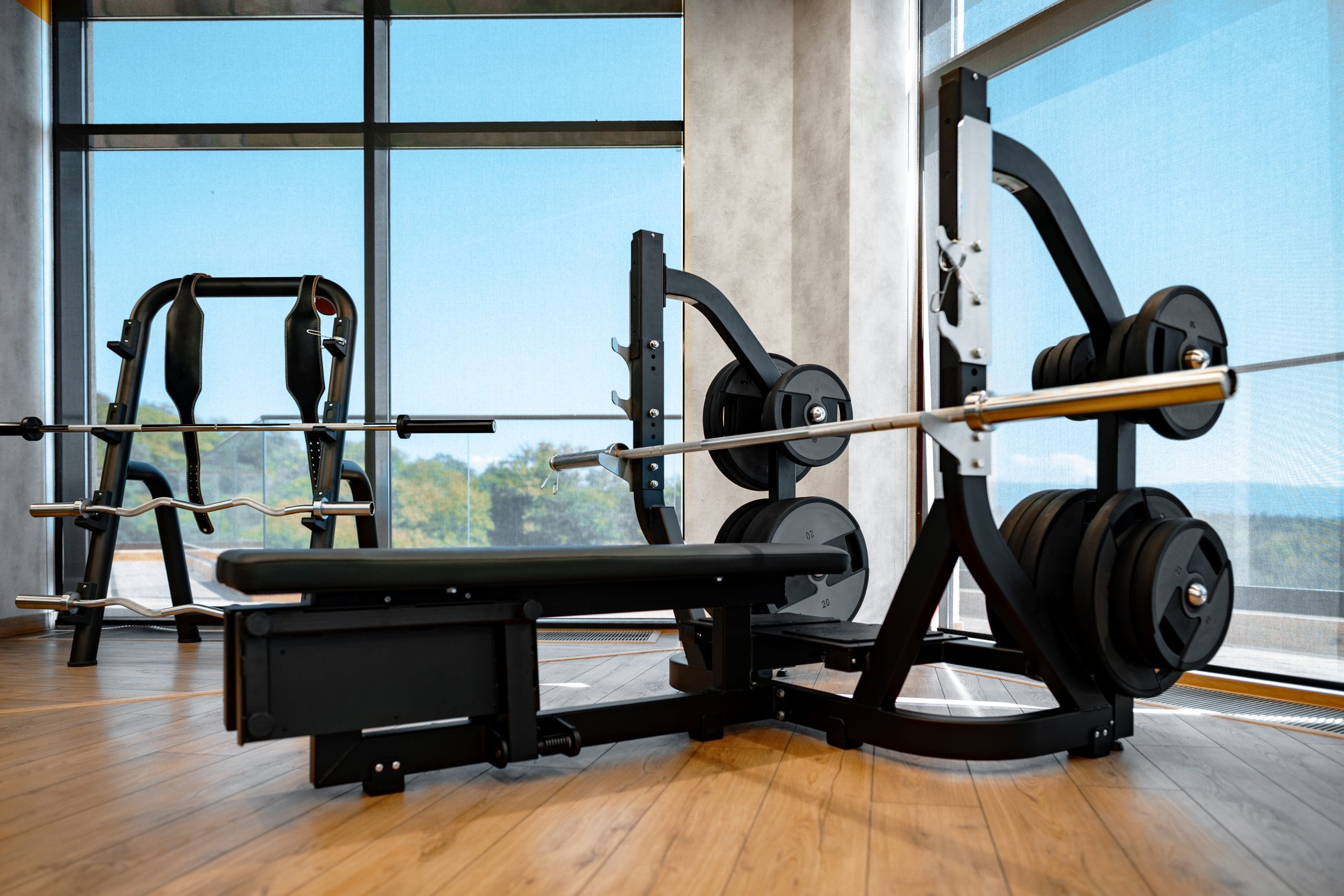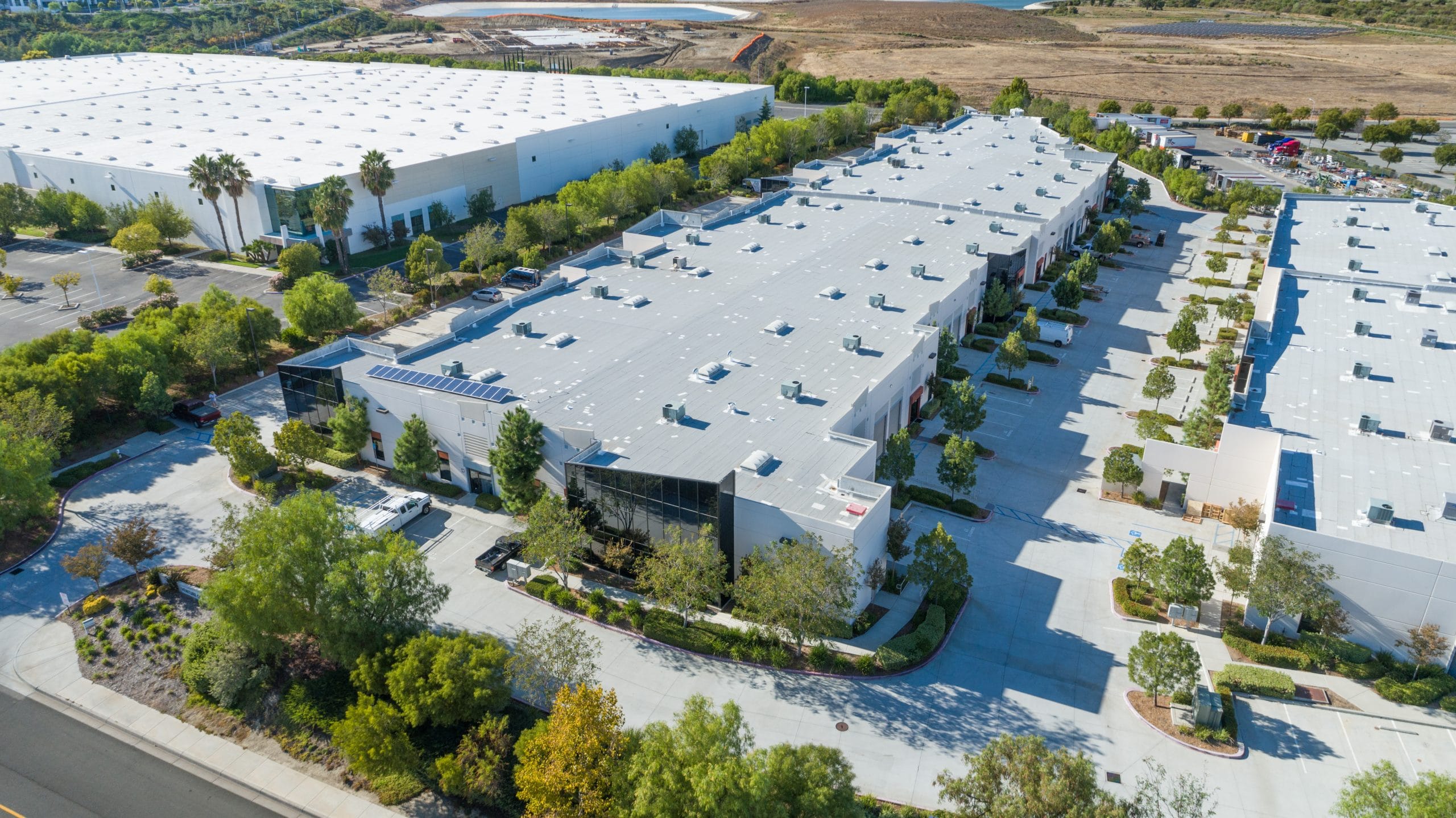


The Boom in Branded Fitness Equipment Partnerships

Rising Demand Is Reshaping How Fitness Products Reach Consumers
The global fitness landscape has shifted dramatically in the past decade, driven by lifestyle changes, hybrid work models, and a wide spread of wellness culture into nearly every demographic. As consumers continue to put more value on personal health, demand for high quality fitness equipment has climbed well beyond what retailers and gyms alone once influenced. This growth has opened the door to a surge in branded partnerships, giving companies a chance to enter the fitness equipment space without manufacturing everything from scratch.
What started as a trend among performance brands and boutique gyms has transformed into a broader commercial strategy. Businesses in apparel, technology, health services, and even hospitality have found ways to participate. These partnerships allow companies to extend their identity into a product category that supports their audience’s lifestyles. It gives consumers access to specialized products with recognizable names behind them, which in turn strengthens brand loyalty and creates new revenue streams.
Entrepreneurs and business leaders watching this sector have noticed how strategic collaborations give established companies and startups the ability to reach new customers. The value of a trusted brand name combined with the innovation of modern equipment design has formed a powerful formula. With the continued public interest in wellness, opportunities only appear to be increasing.
Brands Are Expanding Their Reach Through Fitness Equipment Collaborations
Well known companies across multiple industries have embraced co branding in fitness equipment as a way to reinforce their core identity. Instead of entering the fitness category as outsiders, these organizations align with partners that already have expertise in engineering or distribution. This gives both sides an advantage that is difficult to replicate independently.
A noticeable example can be seen with the partnership between Technogym and numerous luxury hotel groups. By collaborating with a respected equipment manufacturer, hospitality brands elevate their guest experience while expanding Technogym’s presence in locations that attract health conscious travelers. These collaborations have become a marketing tool for hotels that want their fitness amenities to match the quality of their accommodations.
Another interesting case involves apparel companies entering the equipment world. Lululemon expanded into the smart home gym category through its acquisition of Mirror, integrating branded content and guided workouts. This brought the company directly into households, and it reintroduced customers to Lululemon’s products in a way that strengthened its positioning in the wellness lifestyle market. With home fitness still popular, even as people return to gyms, this kind of vertical expansion remains appealing.
Tech companies have also joined the movement. Samsung worked with various connected fitness app providers to integrate equipment functions with smart displays. This kind of integration shows how partnerships can bring together hardware, software, and content, creating a fully immersive training experience. By participating through collaboration, each company advances its reach without shouldering the entire burden of product development.
Equipment Manufacturers Benefit From Aligning With Lifestyle Brands
Partnerships are not one sided. Manufacturers in the fitness equipment space gain substantial advantages by working with recognizable lifestyle brands that have loyal audiences. A typical equipment maker may struggle to differentiate its products in a crowded market. Aligning with a well known brand adds instant credibility and broadens consumer interest, especially when the partner has a strong identity tied to health or performance.
Consider the way Rogue Fitness has collaborated with sports organizations and professional athletes. When an equipment manufacturer aligns with respected performance names, customers often attribute higher value and reliability to the products. This level of trust helps justify premium pricing and supports long term brand building.
Even companies that operate outside traditional performance circles have moved into co branded equipment. Hilton partnered with specialty equipment providers to introduce the Five Feet to Fitness concept, where hotel rooms include interactive workout stations. By positioning itself as a brand that supports wellness minded travelers, Hilton simultaneously created demand for unique equipment offerings that would never have reached consumers through typical retail channels.
These collaborations provide manufacturers with a platform to diversify distribution, reach audiences they might not have captured on their own, and scale production around more predictable demand created through partner marketing.

Why Entrepreneurs Are Paying Attention to Fitness Equipment Partnerships
Entrepreneurs looking to enter or expand within the wellness industry are finding opportunities within these partnerships. Aligning with an established brand helps a smaller company reduce friction during product launches, since recognition from the partner can accelerate trust among customers. At the same time, many larger brands prefer to work with agile startups that move faster than corporate suppliers.
For instance, boutique fitness studios and micro gym chains often partner with emerging equipment makers to build custom products that reflect their training style. A studio focused on interval training may co create equipment that supports rapid movement between stations, while a barre or Pilates studio might develop unique apparatus designs in collaboration with a specialty builder. The result is a differentiated experience that allows the business to stand out.
Entrepreneurs can also use co branding as a method of entering new markets. When a nutrition brand teams up with an equipment company, or a wellness app collaborates with a treadmill manufacturer, the cross promotion can introduce both sides to new customer groups. The shared audience effect is a powerful mechanism for growth, especially when each party’s offering complements the other.
Startups working on connected fitness platforms have noticed how consumers respond when hardware and digital experiences are integrated. With the right partnerships, smaller companies can compete in categories historically dominated by large manufacturers. A strong collaboration lets each contributor focus on what they do best, while the combined product delivers more value to the end user.
Corporate Wellness and Commercial Markets Are Fueling New Partnerships
Corporate wellness programs continue to accelerate interest in branded fitness equipment, particularly among companies that want to support employee health and increase engagement. When a corporation chooses to install branded equipment in workplaces, it often looks for recognizable partners that signal quality while offering flexible solutions for different fitness levels.
This segment has created opportunities for collaborations between equipment manufacturers and corporate wellness providers. As businesses compete for talent, fitness amenities have become a meaningful differentiator. A strong brand name on the equipment reinforces a company’s commitment to wellness while creating a more inviting atmosphere for employees.
Commercial real estate developers are also participating. Apartment complexes, mixed use developments, and co-living communities frequently advertise their fitness centers as selling points. To appeal to residents, developers often form partnerships with equipment makers or lifestyle brands that complement the building’s overall character. A luxury high rise might incorporate sleek, technology driven machines, while a community oriented complex may highlight functional training spaces equipped through partnerships with brands recognized for versatility and performance.
The result is a broader shift in how fitness amenities are perceived. What used to be ordinary gym rooms has become curated spaces that reflect the identity of the property and its customer base. Partnerships play a central role in making that transformation possible.
The Role of Digital Integration in Modern Equipment Partnerships
Digital integration is one of the biggest drivers behind the surge in branded equipment collaborations. Consumers increasingly expect their devices, apps, and equipment to work together. Partnerships make this level of integration easier to achieve, since no single company typically has full capability across hardware engineering, software development, content creation, and user experience design.
Leading connected fitness brands collaborate with device manufacturers to improve tracking accuracy, display insights during workouts, and synchronize performance metrics with health apps. Garmin has worked with equipment companies to enhance compatibility, while digital fitness platforms integrate with smart displays from companies like LG.
These collaborations support the broader shift toward personalized training. Consumers want equipment that adapts to their routines, logs progress, and connects to the platforms they already use. When hardware and software companies join forces, the end product feels more cohesive and more advanced.
As more consumers invest in wellness technology, companies that fail to participate in relevant partnerships risk falling behind. Entrepreneurs building new products or digital services in this space can create a strong competitive position by identifying complementary partners early in development.
How Partnerships Are Changing Marketing and Brand Positioning
Marketing has become a major driver behind these collaborations. A branded equipment line gives companies fresh content, new messaging angles, and an opportunity to reposition themselves within the wellness culture. Brands that traditionally had only indirect connections to health now present themselves as more active participants.
Consider the way hospitality and residential brands highlight fitness partnerships in their promotional materials. Equipment becomes part of the broader storytelling and influences customer perception of the entire environment. A well branded gym can act as a valuable marketing asset that raises the perceived quality of a building or business.
Meanwhile, fitness equipment makers benefit from the strong image and loyal audiences of their partners. Whether working with a consumer brand, a commercial property group, or a digital platform, manufacturers gain visibility that extends beyond traditional retail or B2B channels. This expanded visibility has helped numerous companies stay competitive during intense market shifts.
As collaborations become more common, marketing teams have learned to build campaigns around shared values between the partners. Authenticity matters. Consumers want to see how a partnership improves the product experience rather than just placing two logos side by side. The most successful collaborations reflect a natural connection between the two companies.
Final Thoughts
Branded fitness equipment partnerships have grown from occasional collaborations into a major commercial strategy that reaches across industries. The rising focus on personal wellness, combined with increased demand for integrated experiences, has motivated companies to work together rather than build every product independently. These partnerships benefit equipment manufacturers, lifestyle brands, technology companies, real estate developers, and entrepreneurs who want to expand their reach in an evolving market.
As consumers continue to value convenience, performance, digital connectivity, and personalization, the space will likely keep expanding. Businesses that recognize the potential within branded collaborations can position themselves for long term growth. Whether through co developed equipment, integrated digital platforms, or new distribution channels, these partnerships reflect a larger shift toward aligning products with the lifestyles customers care about most.





